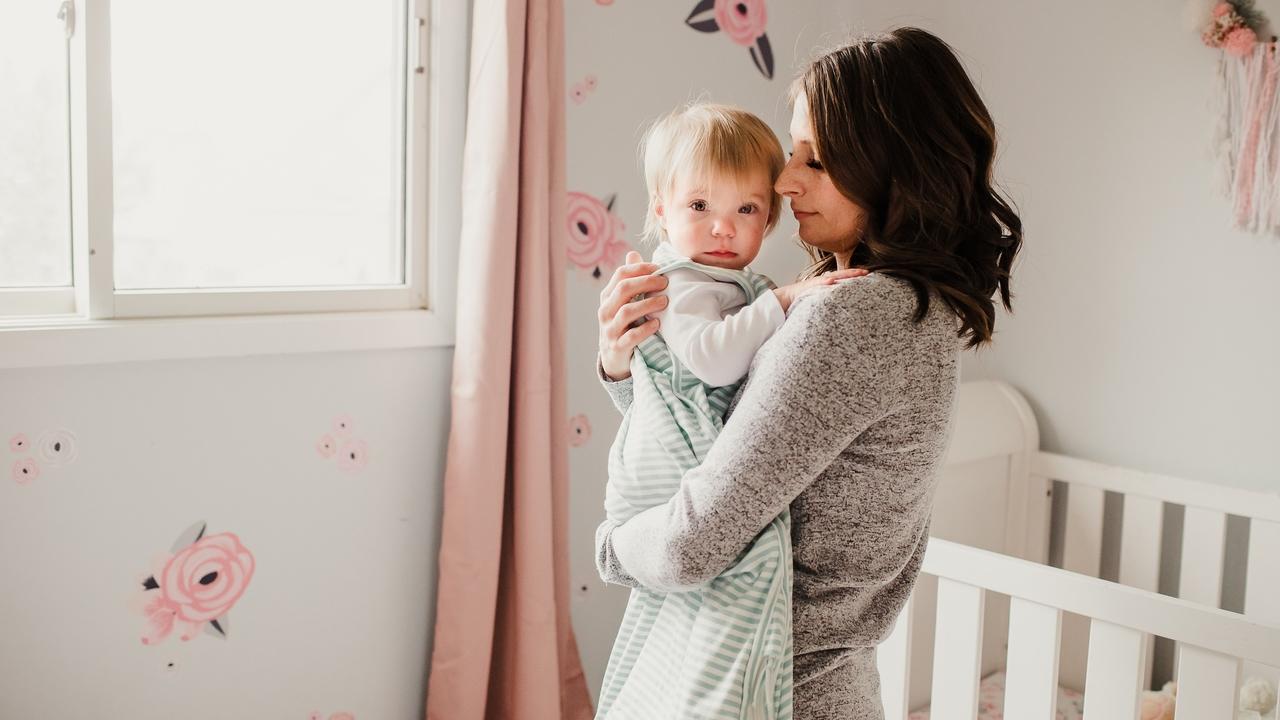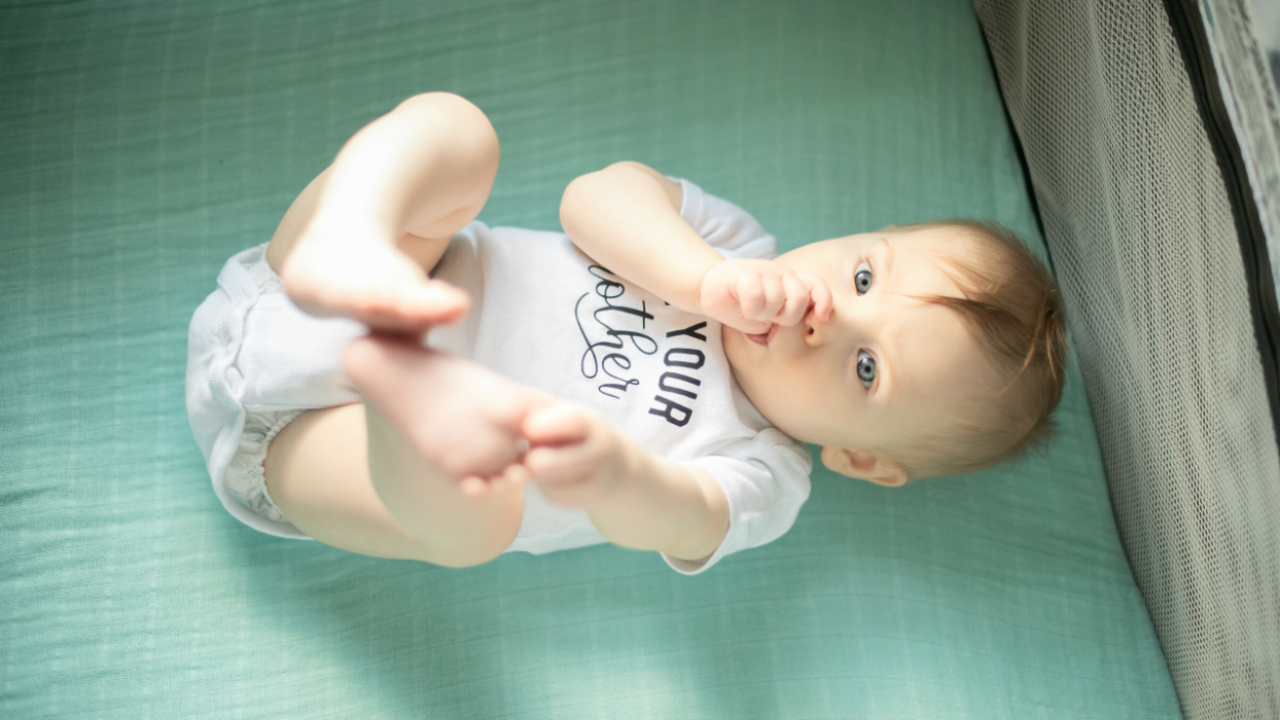Sleep hygiene: 4 tips to establishing healthy sleep habits for your child to help them sleep better.

Sleep can be complicated and there can be many contributing factors that impact sleep. What many parents don’t realize is that while falling asleep comes naturally to us, it is a learned skill that our babies need to be taught.
There are a number of influencing factors that can positively impact your child’s sleep when they are put in place. These factors fall under what we call sleep hygiene. You can think of it as establishing sleep foundations for your little one to create the best opportunity and environment conducive for sleep. There are four elements of sleep hygiene that can dramatically improve your little one’s sleep:
- Understanding sleepy cues
- Sleep environment
- Age appropriate awake windows
- Bedtime routine

1. Understanding sleepy cues
Your little one will have some signs that they are ready to go to sleep. For some children, they are not always that obvious however it is so important to recognize them and respond accordingly to help the settling process.
When you are trying to identify these sleepy cues, you will need to look at factors such as timing (how long has your child been awake for), when your child was last fed and burped, if their last sleep was a short or long sleep and even when they last had a bowel movement, etc.
Some sleepy cues may be: grumpiness, yawning, zoning out, disinterested, crying, burying head into parent’s chest or rubbing of eyes. Ensure that you are watching out for these signs within context.
Is the sleep environment where your child is sleeping conducive to deep, restorative sleep? For example, are you out and about with your little one in a stroller with lots of bright light, noise, and stimulation? Having a sleep environment that is perfectly set up for sleep will help your child have a much better chance of achieving deep, restorative sleep.
Some of the considerations you may need to think about to create the perfect sleep environment are factors such as darkness, using white noise, sleeping with a cuddly, having a comfortable room temperature, and appropriate sleepwear.
3. Age-appropriate Awake Times
Unlike adults, our little ones are only able to manage to stay awake for certain amounts of time during the day. Timing is a crucial element impacting how your child settles and the quality of sleep that they achieve. By working with their circadian rhythm and ensuring that they are put down to bed within the right time frame for their age, by avoiding any over or under-tiredness, you will have a much better chance of your little one sleeping better. Sleep comes much easier when we work with the appropriate times.
The last sleep hygiene focus that is a very strong cue for sleep to your child is establishing a predictable, consistent bedtime routine. It is an essential part of healthy sleeping habits. It comprises of activities that both you and your child enjoy that are exactly the same each night in the same order. Your child will soon recognize the predictable routine which they will find comforting. It is what signals to your child that it is time for bed and helps them to prepare for sleep and wind down.
The most important part of the bedtime routine is how your child falls asleep. If your little one falls asleep on their own without any assistance and all of the other sleep hygiene factors are in place, you’re in a fantastic position of your child having the opportunity of achieving great sleep.













